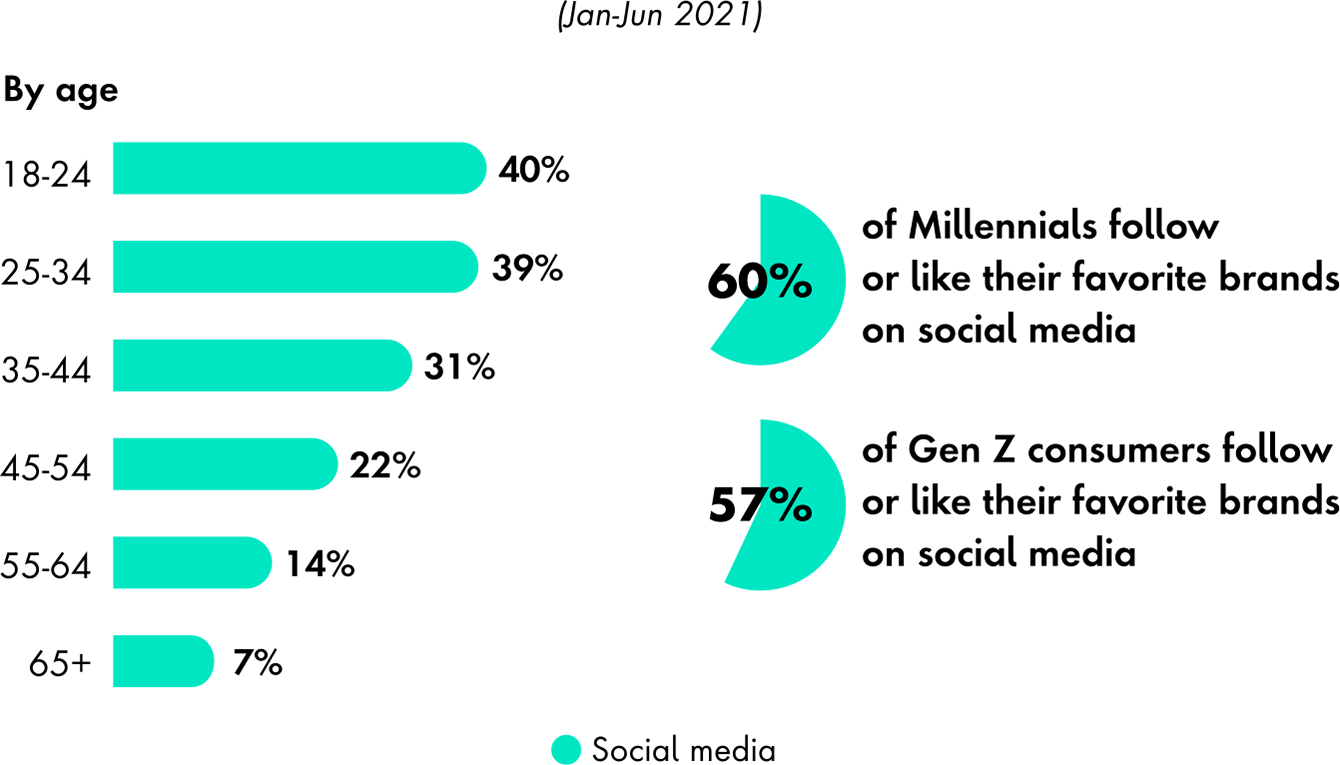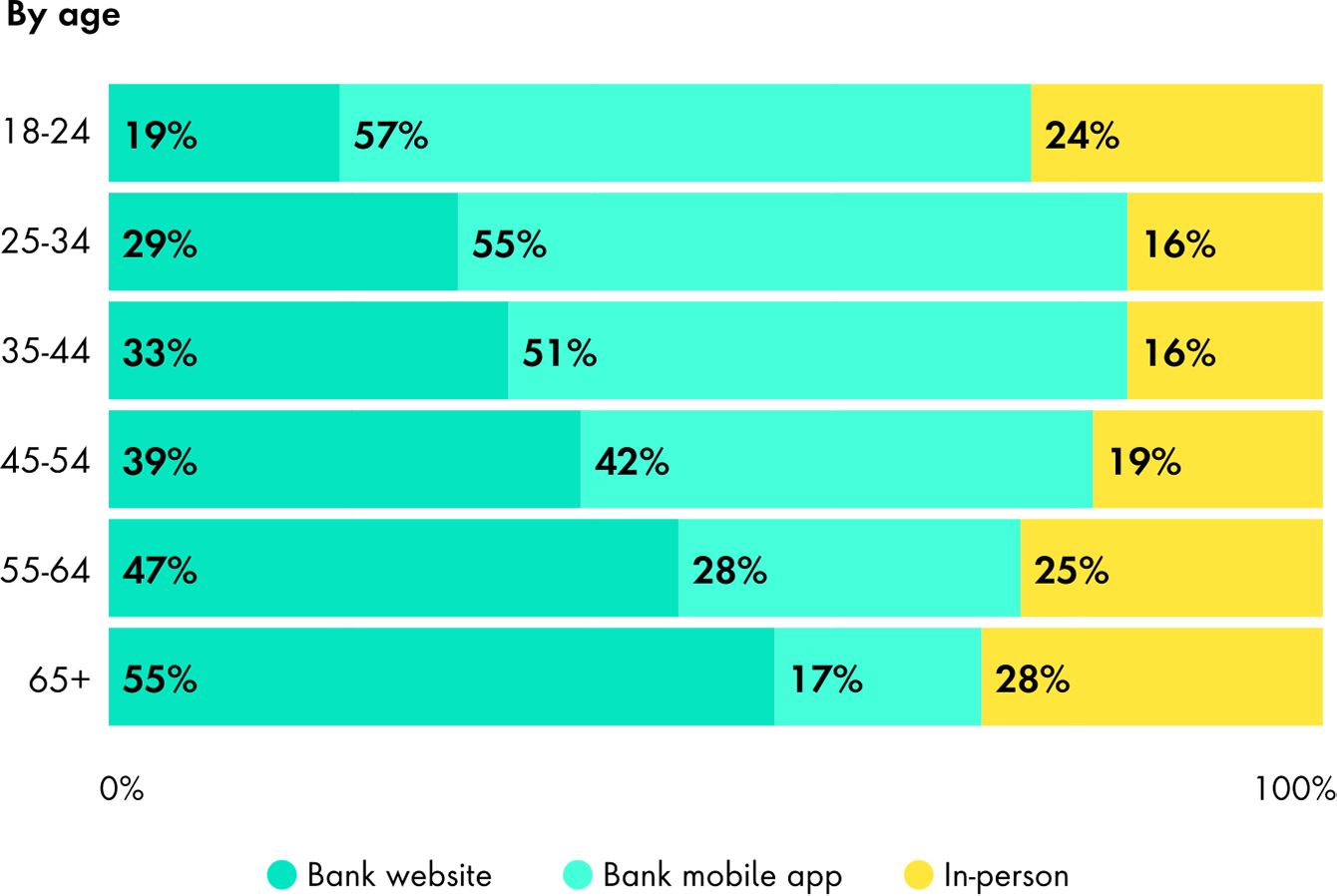What issue can we solve for you?
Type in your prompt above or try one of these suggestions
Suggested Prompt



Insight
Three Ways Gen Z and Millennials are Mobilizing Brands
Three Ways Gen Z and Millennials are Mobilizing Brands
Younger generations are turning the tables on brand engagement
New business models, services and tools are transforming how people prefer to engage with brands. In a digital world with more choice than ever before, what’s most important to the next generation?
We surveyed Gen Z and Millennials consumers from around the world to better understand how innovation is impacting the choices they make and the companies they interact with. Here’s what we found:

-

Online gaming has gone mainstream, giving brands an opportunity to engage with new experiences.

Shopping isn’t just mobile first: it’s increasingly social first too, giving younger consumers more voice than ever before.

Younger generations want to manage their money digitally but may not always know how. Personalized services help transform new bankers into lifelong customers.

It’s game on for Gen Z and Millennials. How will brands play to win?
Millennials and Gen Z grew up alongside video gaming as the industry moved from strictly hardware to streaming on desktop, connected television and mobile devices. The next generation, Generation Alpha, will be the first to grow up fully immersed in an online media ecosystem, with the metaverse at the forefront. With streaming media and gaming already an established trend, brands have an opportunity to expand their reach and explore how to create new experiences in not just a digital world, but a virtual one.
More than 90 percent of Gen Z and Millennial consumers say they played online games in 2021. Sixty-three percent of Gen Z and 69 percent of Millennials say they are satisfied with their online gaming experiences, leaving room for improvement as the medium continues to mature.
-
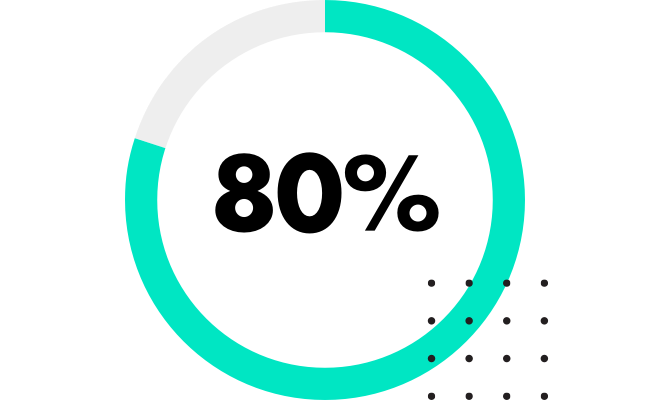
of Gen Z/Millennial consumers streamed media in 2021
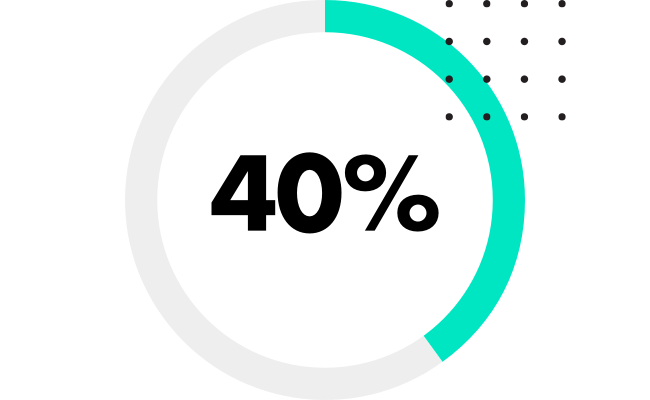
prefer to stream media on their mobile device
Game console ownership by age
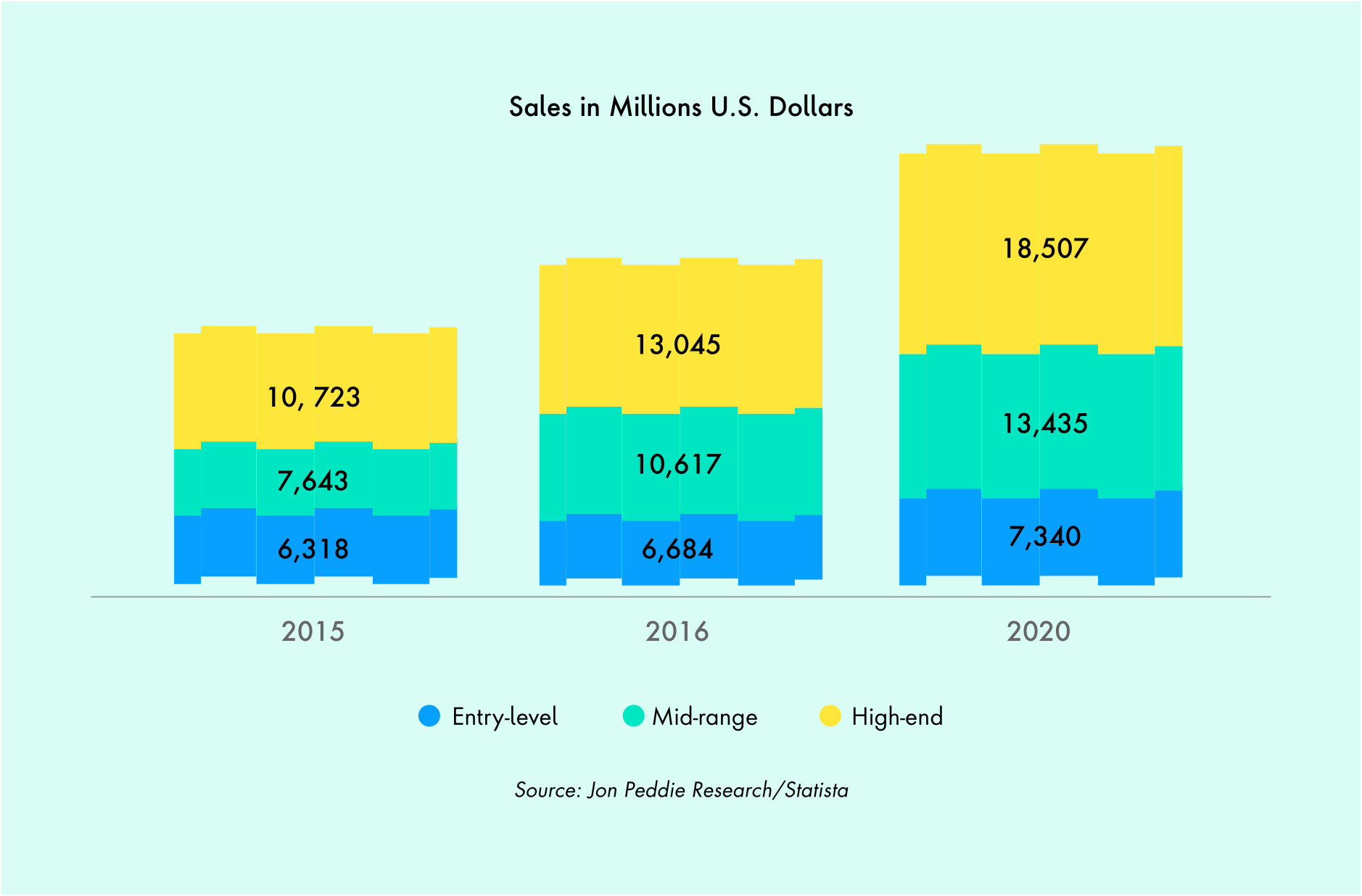
Gamers present a significant opportunity
In 2020, the $49 billion U.S. PC gaming hardware market grew in-line with the global PC market's compound annual growth rate of 8.1 percent. E-commerce fueled this growth in sales through both direct and indirect channels and has given consumer electronic brands the ability to better identify and understand their customers.
Retail and consumer technology companies that engage gamers can increase their digital presence by establishing community, forming strategic partnerships to build a business ecosystem that allows gamers to buy, sell, trade and play in one connected online experience. The metaverse furthers this expansion, enabling rich virtual and augmented reality experiences that let brands recreate products, storefronts and sales interactions in a digital world. Brands that succeed will create experiences, products and services built to solve customer problems and continuously anticipate user needs.

What it means for brands
Brands have immense opportunity to capitalize on innovation in the market. With 5G, virtual reality and more sophisticated cloud gaming technologies, PC gaming companies will have bandwidth to deliver standout gaming experiences across devices, with new revenue models, like subscription services, to match.

Shopping is getting more social. How will brands find their voice?
Social media platforms like Pinterest, Facebook and TikTok are expanding e-commerce capabilities, allowing shoppers to seamlessly make purchases without leaving the platform. Social commerce platforms have the benefit of being present where consumers are already spending their time, revealing key first-party consumer insights that can help brands better understand consumer preferences.
What channels have you used to shop online?
-
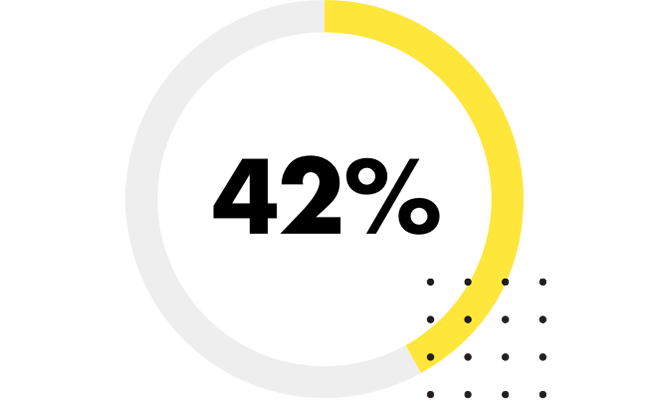
of Gen Z consumer say mobile formatting is biggest frustration with retail websites
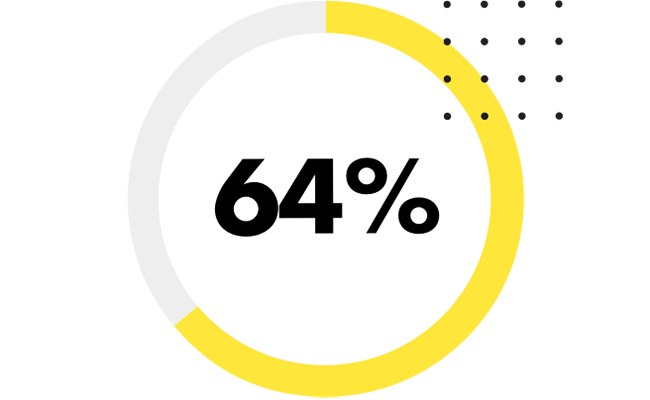
of Millennials will abandon their shopping cart if checkout is too frustrating

of Gen Z and Millennial consumers will download or use a mobile app to shop
When it comes to online shopping, what device do you use for the majority of your purchases?
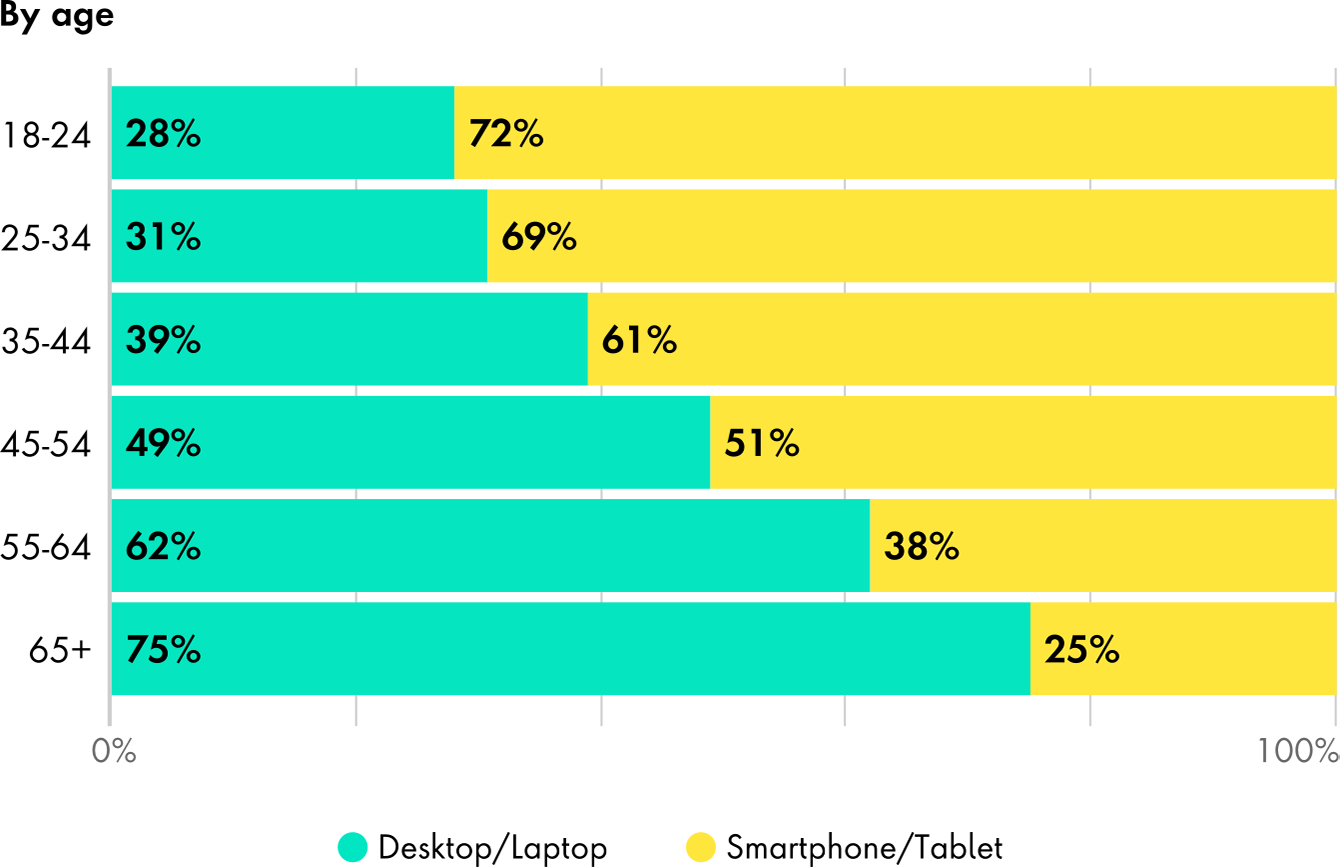

What it means for brands
Social media lets brands engage directly with customers, build relationships and develop new revenue streams. Content like how-to videos, livestream events and guides let people explore, learn and feel connected. It’s also a place where brands can communicate directly with shoppers, forming community, listening to feedback and responding in real-time. Data collected from social commerce channels gives brands a more robust view of customer preferences, with the ability to deliver more relevant and personalized communications at the right time.
Social media platforms are also inherently mobile first. More than 60 percent of Millennials and 72 percent of Gen Z consumers say they prefer to shop on their mobile devices. As brands strengthen their presence on social media, they must also consider the entire mobile shopping experience as shoppers move between channels on their mobile device.

Younger generations are ditching in-person banking. How will banks deliver new experiences?
Millennials, and increasingly, older Gen Z consumers, are gaining purchasing power and beginning to make decisions that will have major impact on their financial future. They’re also actively seeking new ways to manage their money, preferring digital-first tools and services.
What channels do you use to engage with your bank most frequently?
-
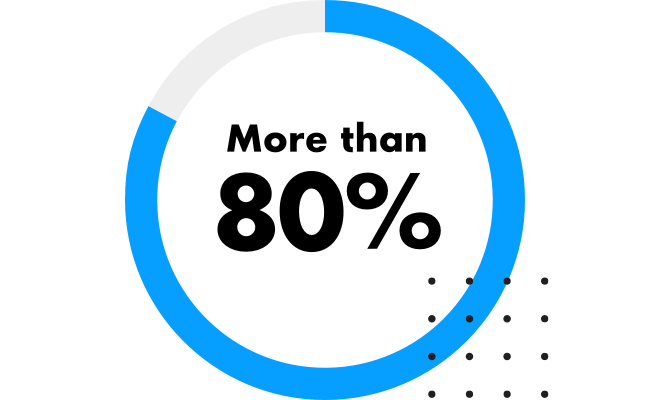
of Gen Z/Millennial consumers use third-party payment apps, like Venmo
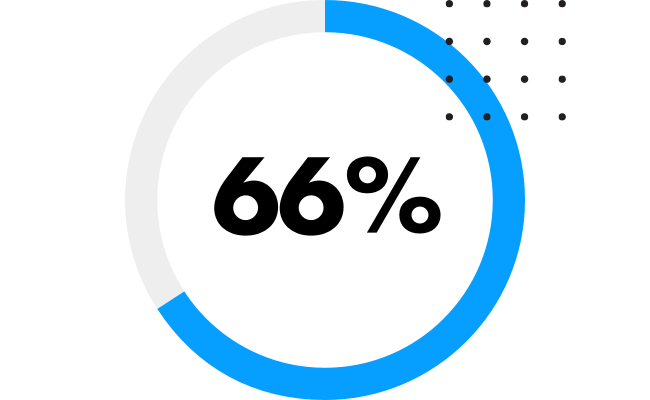
of Gen Z/Millennial consumers use a third-party app to monitor their budget
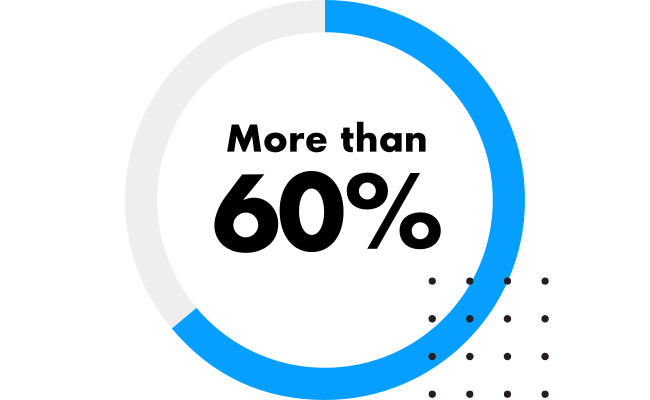
of Gen Z/Millennial consumers have a credit card from a select retailer
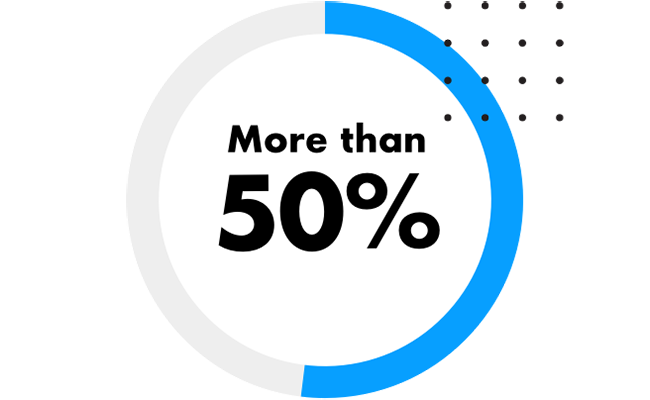
of Millennial and Gen Z consumers say they plan to or are considering changing financial institutions within the next year
A study by LinkedIn and Greenwich Associates found two out of five Millennials are actively looking for new financial advisers and are more likely than other generations to seek real-time information and find educational content on finance via social media. However, though Gen Z and Millennials prefer banking digitally, they express less confidence in their ability to successfully manage their money online.
Confidence managing finances online by age group
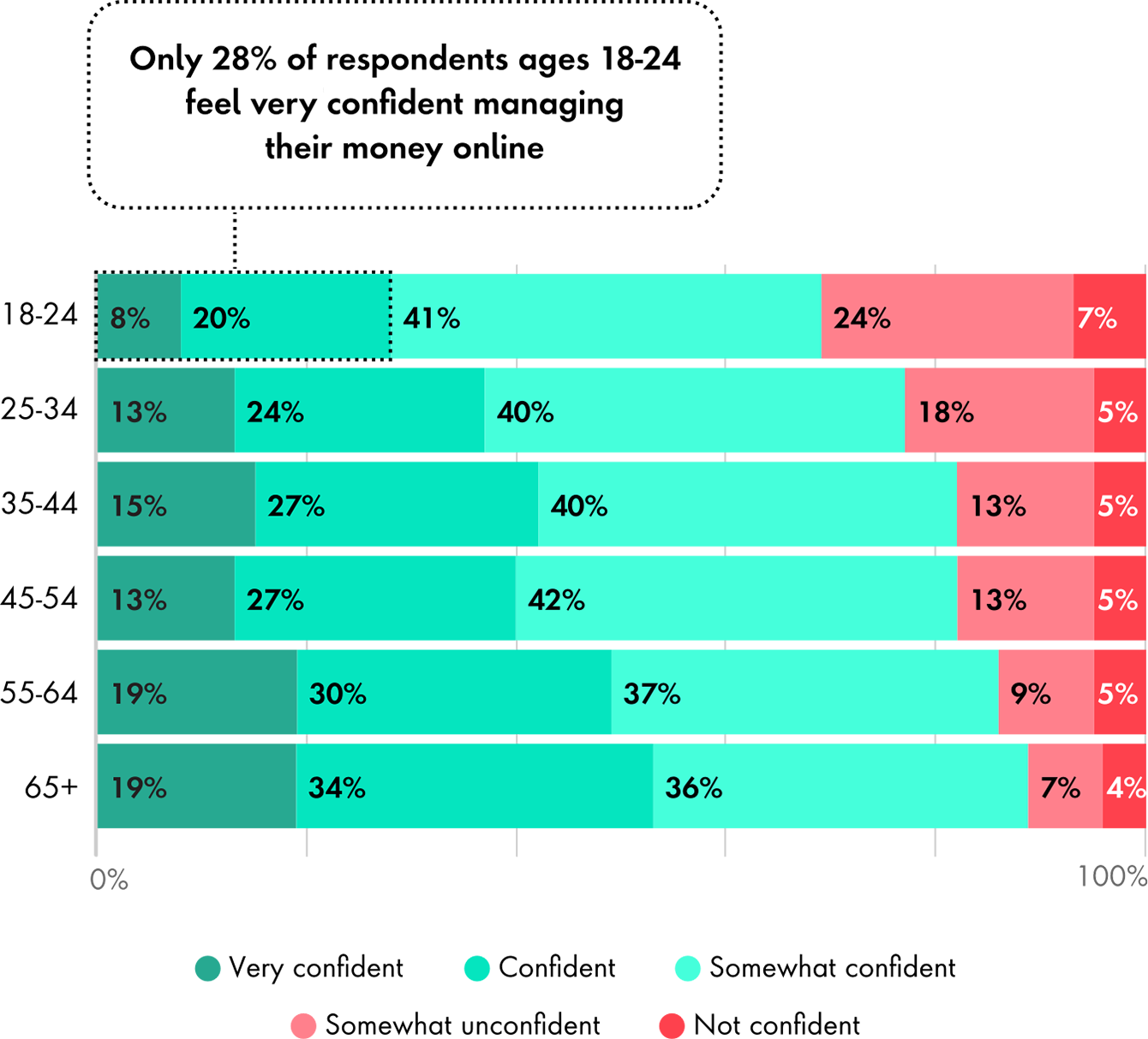

What it means for brands
To stay competitive, banks must develop personalized, digital-first customer experiences if they hope to retain and grow their customer base. Younger generations may just be beginning their financial journeys. Banks have an opportunity to deliver personalized advice, tools, content and resources that not only builds trust, but helps consumers make the right financial decisions when and where they want to.
Millennials, Gen Z, and the soon-to-be Alpha Generation are immersed in a digital-first world filled with new channels, new experiences and more say in how they choose to engage. With the next generation in the driver’s seat, brands must redefine the experiences they offer and put the customer first – wherever they may be.

Want more insights on where #seamless is headed Next?





